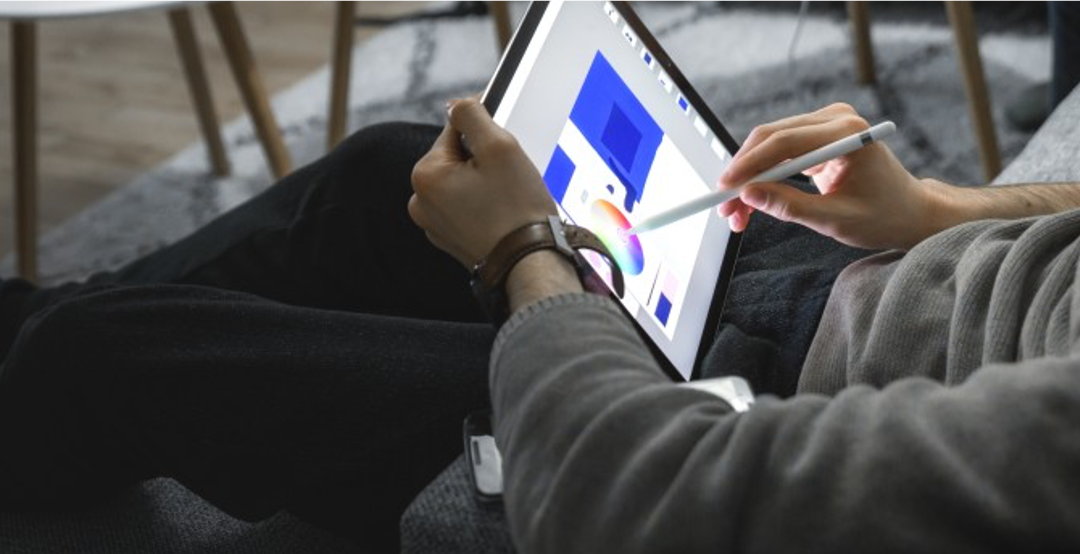Many companies are moving away from physical paper for board papers in favour of tablets.
Directors seem generally grateful not to take phone-book sized packs away for their weekend reading and all would agree that less paper is usually better. However, transitioning to tablets is more complex than it seems.
Today's ‘Tips & techniques for board writing on iPads & tablets' session presented by Mary Morel of Write to Govern and hosted by the Governance Institute of Australia highlighted that point.
In coming away from that session, I realised that coming to grips with the technology is not as easy as it seems, macro structure matters most of all, visual presentation matters more than in the past and micro issues matter more than you might think. Here is some more on each of these points:
Coming to grips with the technology is not as easy as it seems
- Directors often use different devices for different boards to accommodate each company's policy and platform, which adds unexpected complexity as they come to terms with each different technology as well as the content of the papers.
- Page flipping is harder on a tablet than with actual paper. Consider inserting your charts and graphs within the body of your text rather than asking Directors to scroll to the back of the document to find the chart and scroll back to the place where they were mentioned in the text.
Macro structure matters most of all
- Conveying the essence of your message crisply and near the front of the paper is the most critical ingredient of a good paper, otherwise Directors may misconstrue your purpose and meaning from the outset
- Adopt a consistent structure across all of your board papers, and avoid having different templates for recommendations, noting papers, etc. This makes it easier for Directors to work their way through all of the papers for your organisation and easier for the writers also.
Visual presentation of information matters even more than in the past
- Using photocopiers to scan the papers into PDF form can lead to ugly documents that are difficult to read. Instead, use a PDF writer to create your papers and then open your papers on the right sort of tablet to check their readability.
- Many Directors find that rotating tablets mid-way to read diagrams is disruptive, and ask for a consistent orientation (either portrait or landscape) throughout the paper and appendices.
Micro matters more than you might think
- Small things like grammatical correctness can be distracting for those reading the papers and present a poor image of the writer. Mary has written some excellent material on this point .
- Active language (‘She wrote the letter' versus ‘the letter was written by her') is generally better to read. However some companies still require people to write in the third person, e.g., Management wrote the letter, which makes active voice harder to use.
Keywords – #board papers #deliver your communication #board communication

